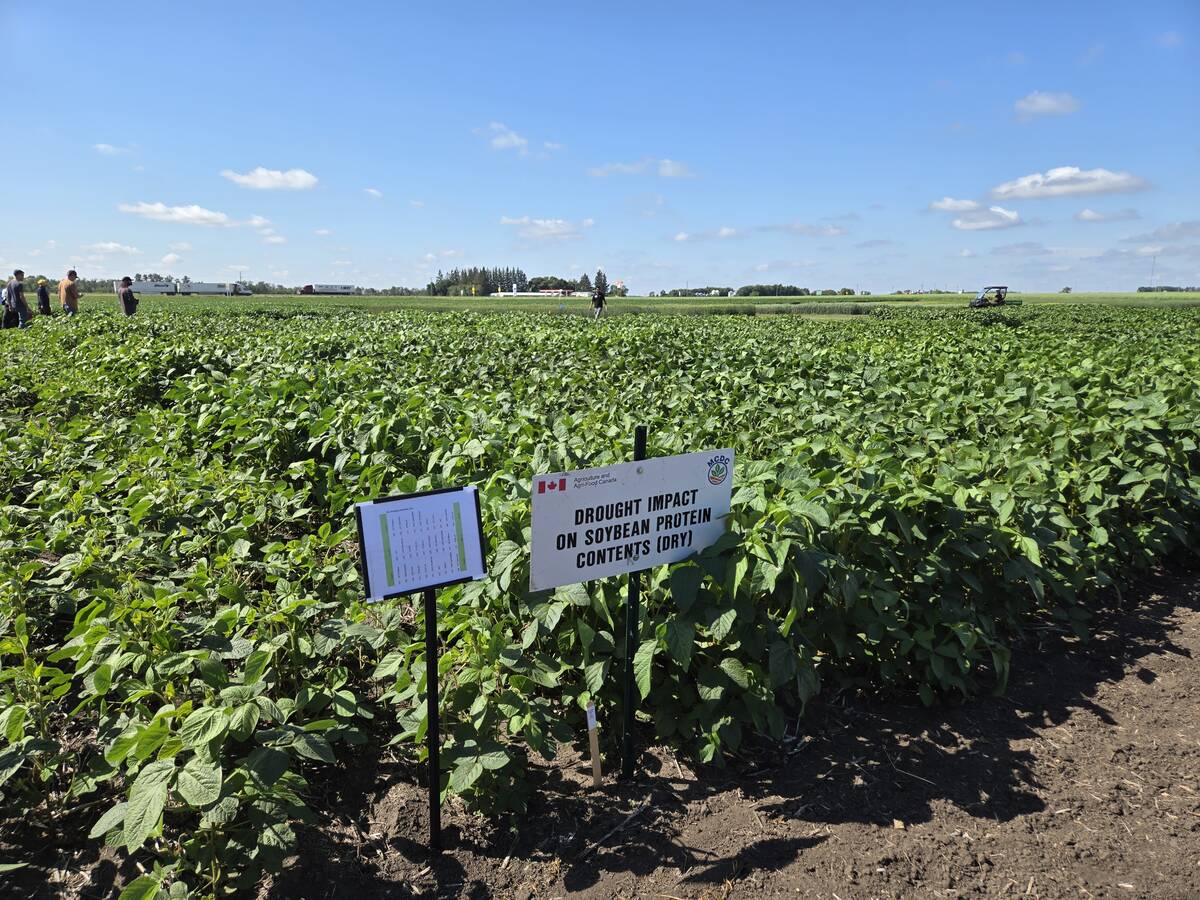We are approaching the time of year when all great plans seem to go out the window.
That time is harvest.
No matter how well planting was planned, everything seems to be ready to swath or desiccate at the same time.
As a result, decisions are sometimes made that, when looking in the rear view mirror, seem ill conceived and even straight out stupid.
One of the decisions that you will be making shortly will involve pre-harvest herbicides for harvest aid, such as glyphosate, Heat, Aim, Reglone and glufosinate.
Read Also

Carberry field day looks for agriculture solutions
Manitoba farmers explored research solutions for resilient crops, perpetual agronomic issues and new kinds of agricultural products at a field day at the Manitoba Crop Diversification Centre in Carberry on Aug. 6.
These products may be applied alone or in combinations, but here is the kicker: there are many restrictions to these products based on crops, end-use destinations and days until harvest after application.
For example, glyphosate is registered for pre-harvest application on most crops in Canada, but not sunflowers.
Producers who grow barley for the malt market should consult with end users because many of them do not allow pre-harvest aids to be used. They may have to sign a declaration indicating they have not used these products before delivering their barley to the elevator.
As well, a major oat miller has said this year that it will no longer buy oats if the crop has been desiccated with glyphosate.
Confused? Wait until you look at pulses.
Some products are registered on some crops and not others.
And then there are the maximum residue levels (MRL) that are acceptable in a crop. The problem is that each country sets its own levels. The European Union may have one level, Japan another and the United States another.
Standard levels are usually set out in the Food and Agriculture Organization-World Health Organization Codex, but companies may also set their own.
Some countries have not set an MRL. For example, Reglone (diquat) is commonly used as a desiccant on pulses, but the U.S. does not have MRLs for diquat on many of these crops.
It might seem counter intuitive, but the earlier a product such as glyphosate is applied on a maturing crop, the higher the residues will be.
For example, residues will be higher when spraying glyphosate at the 40 percent moisture level than if applied at the 10 percent moisture level.
Here are some things to consider when applying products this harvest:
- Is the product registered as a harvest aid on the crop you are treating? If you have questions, contact your grain buyer, broker or herbicide manufacturer.
- Are there issues with the end-user if you use this product? This is especially important for milling and malting grain.
- What is the label rate for the application of this product in this crop? Labels are specific in terms of crop staging. You risk exceeding the established tolerance if you do not follow label instructions and apply a desiccant be-fore or after the recommended crop stage, which makes it difficult to market the crop.
- What are the minimum days before harvest (pre-harvest interval) that are required after application? Pesticide labels state the days before harvest. These pre-harvest times apply to the pesticide rate stated on the label. The pre-harvest time may not apply if a pesticide is applied at a different rate or to a different crop. The pre-harvest interval starts on the day you apply the product and stops on the day you cut or swath the crop, not when it is combined.
Just like carpentry where you measure twice and cut once, check twice (with the label and the end user) and spray once when spraying harvest aid products.
















